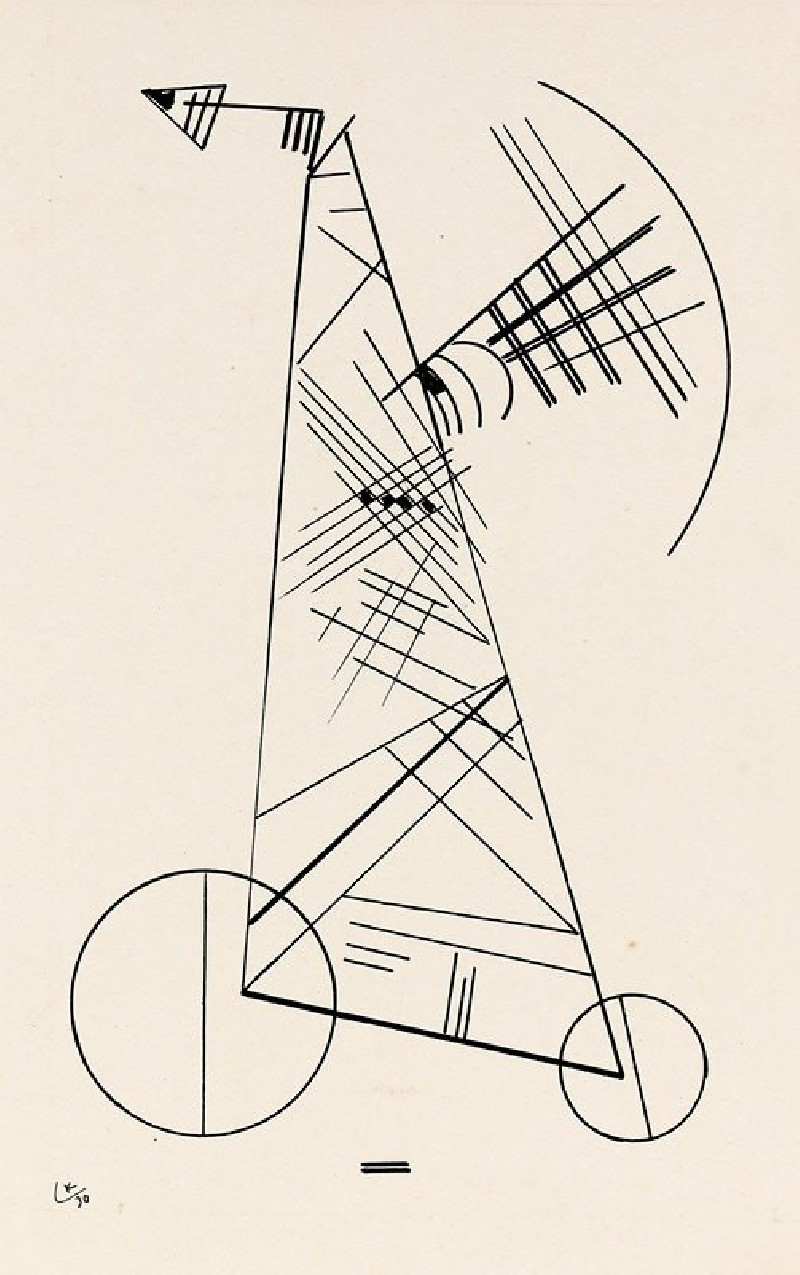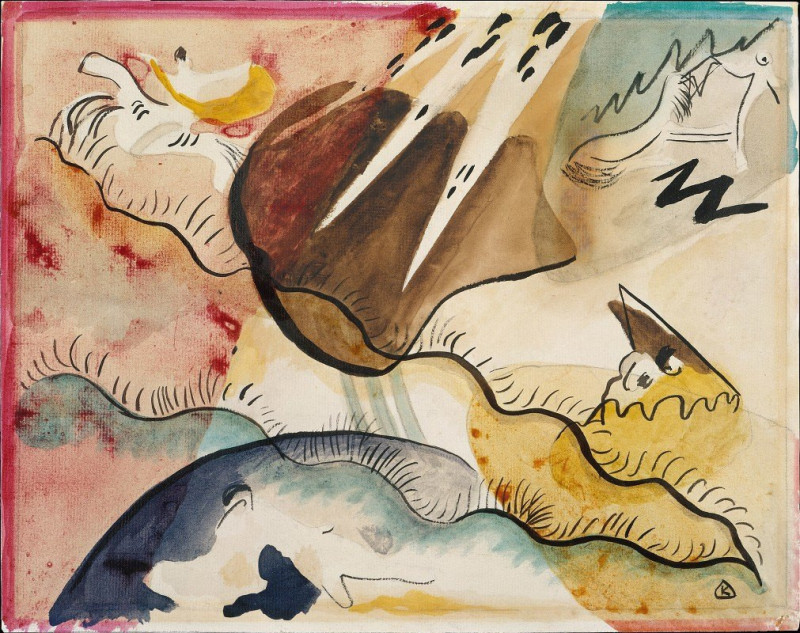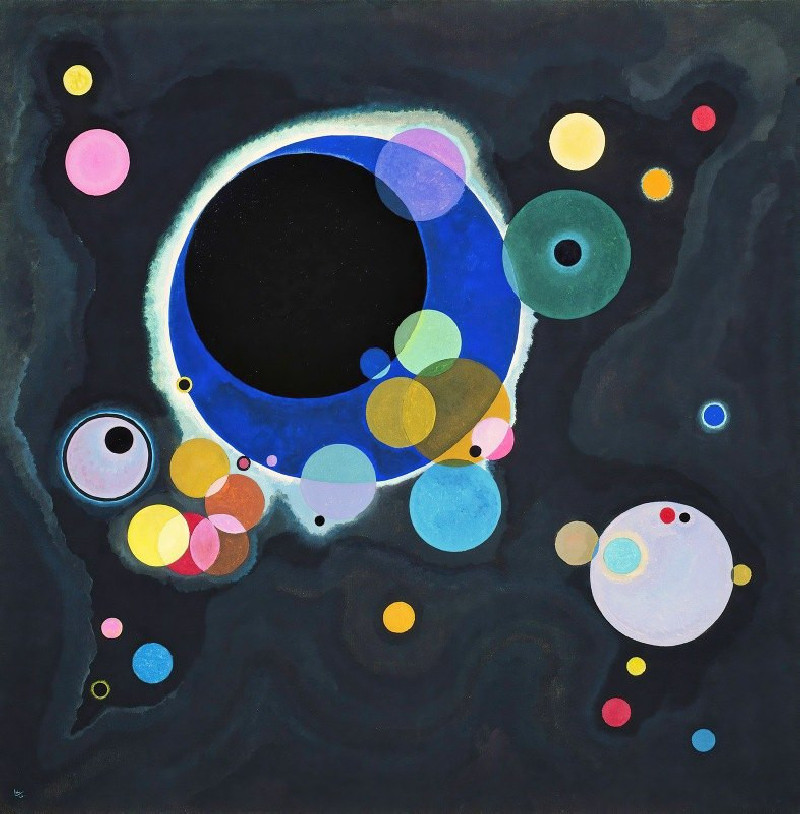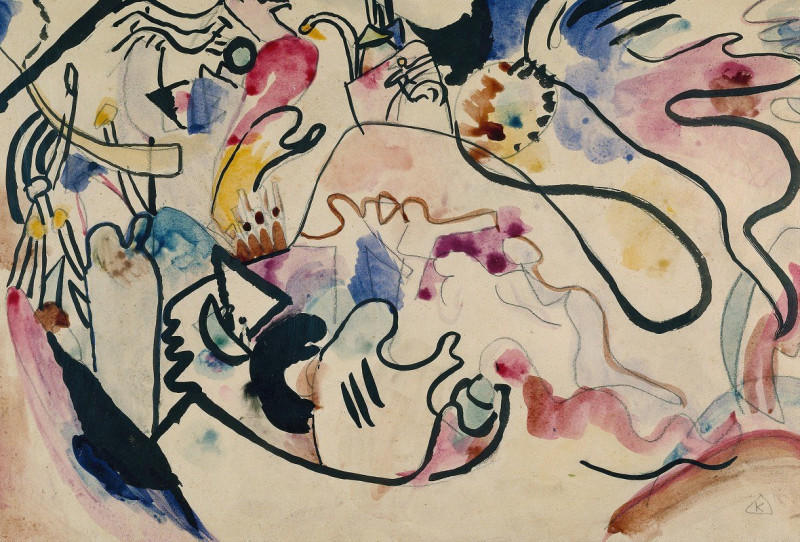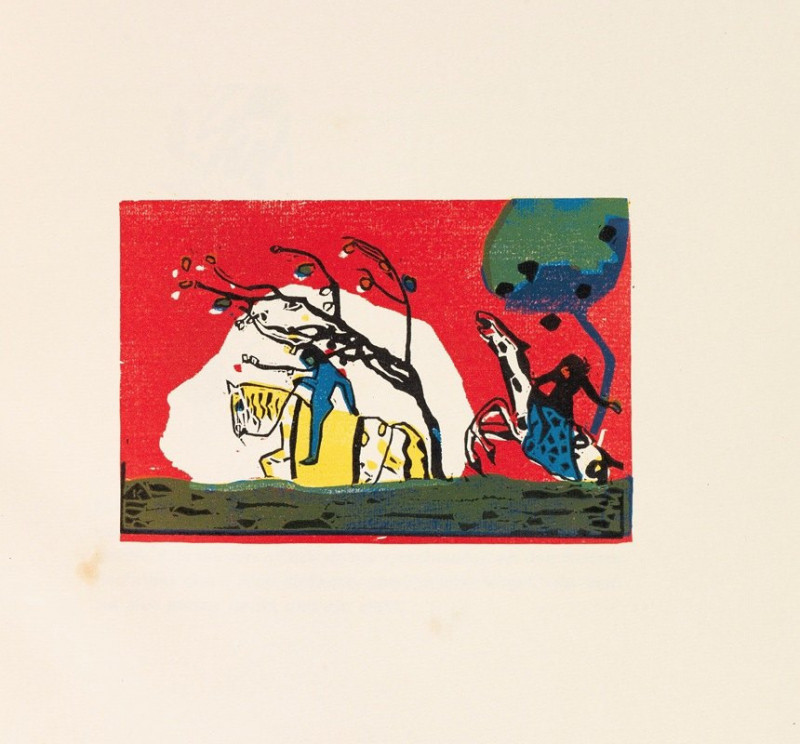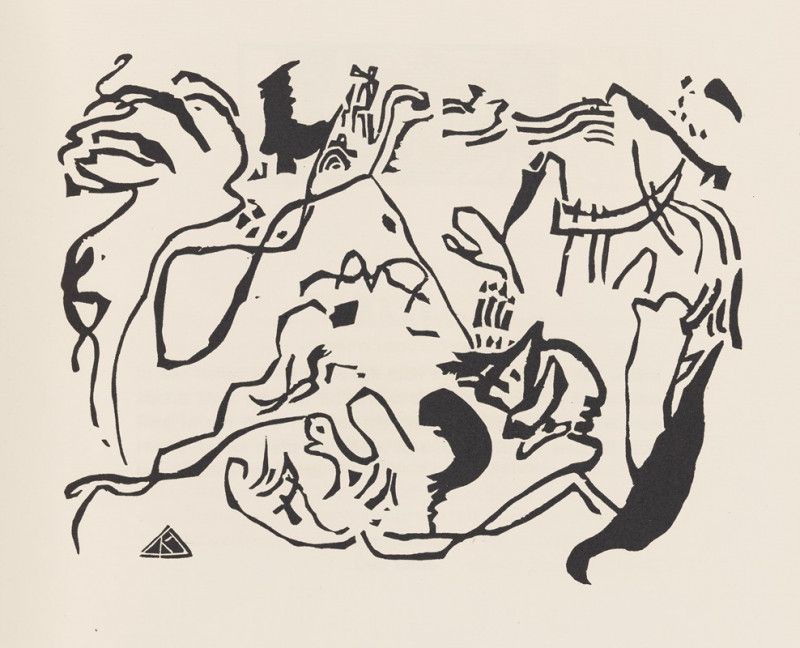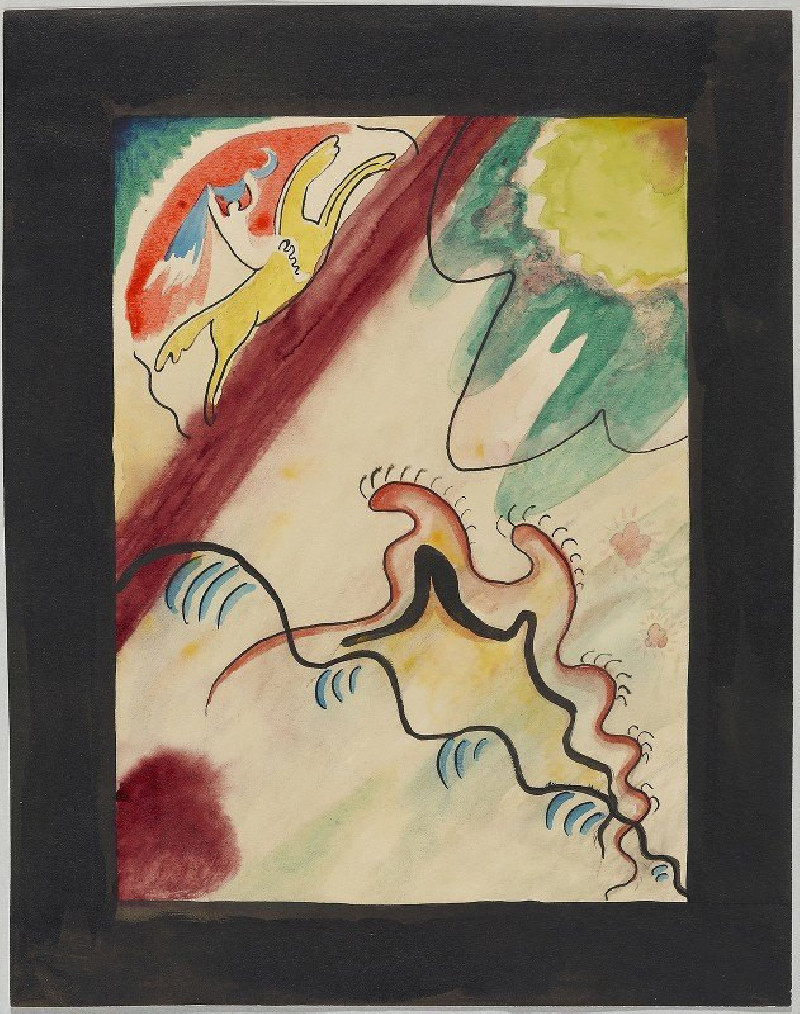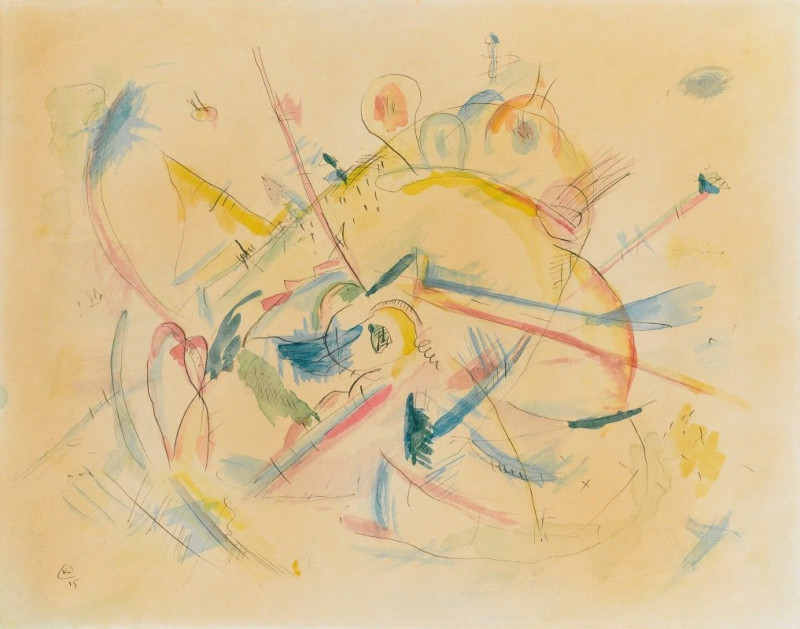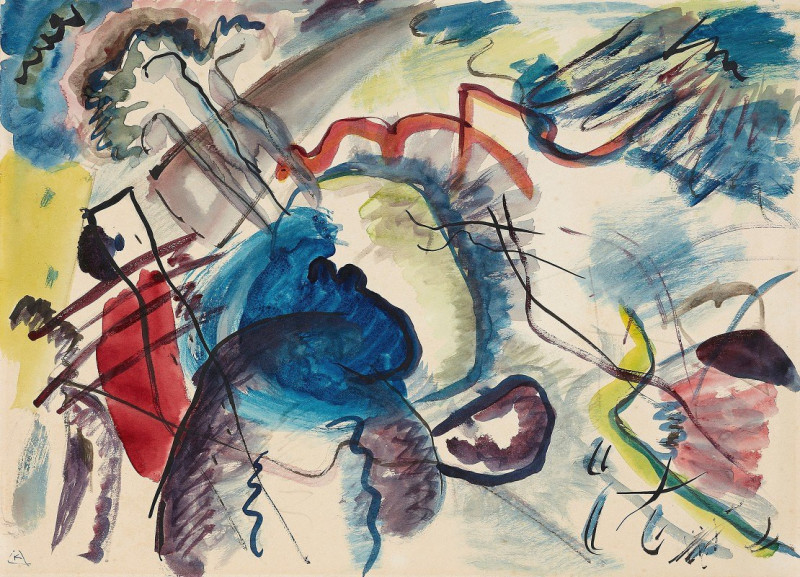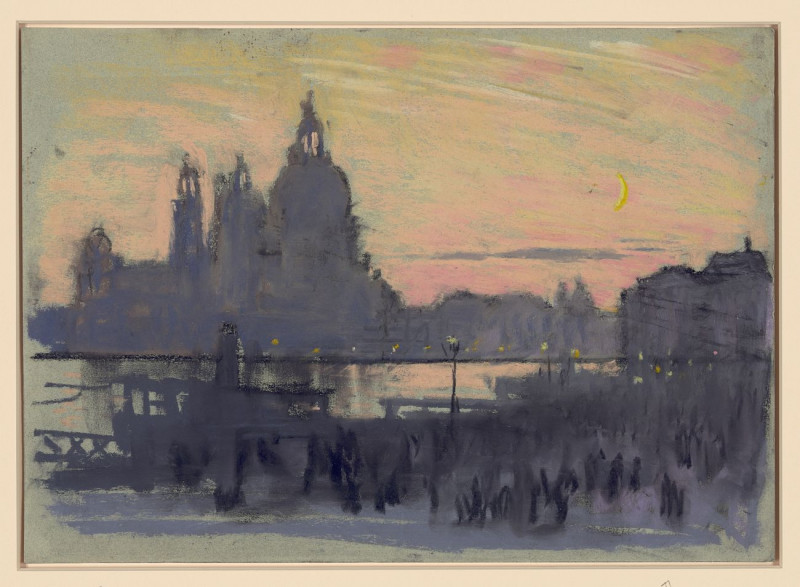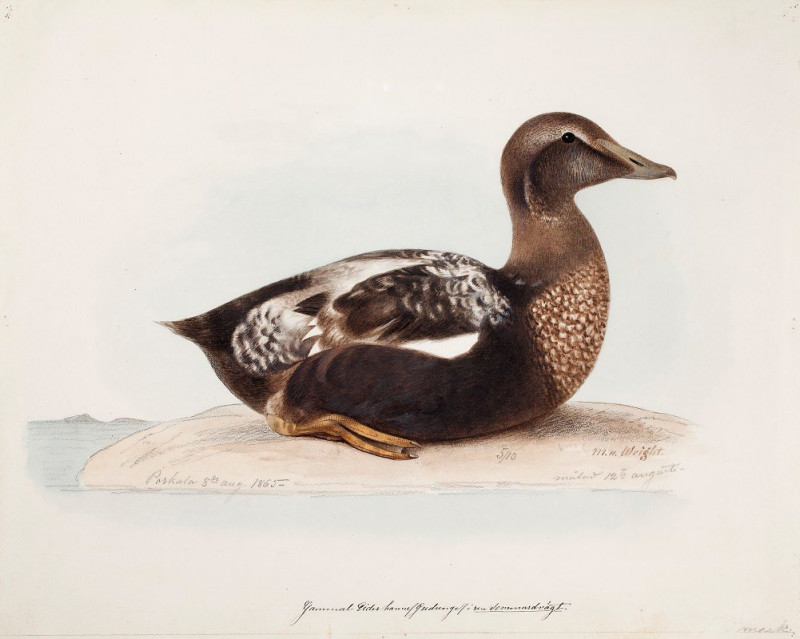Dull gray (1930)
Technique: Giclée quality print
Recommended by our customers
More about this artwork
"Dull Gray" by Wassily Kandinsky, originating from 1930, presents an engaging exploration of abstract forms and colors set against a predominantly deep, dusky backdrop. This painting, like many of Kandinsky's works, ventures beyond simple visual representation to evoke emotion and provoke intellectual engagement.At a glance, the composition is dominated by a large, complex geometric form in the center that appears almost like a crosshair or compass, composed of various intersecting lines and a circle. This central figure, intricate and precise, suggests a mechanical or celestial diagram, evoking a sense of navigation or exploration.Surrounding this central motif are smaller shapes and blocks of muted colors. To the top left, there are semi-circular forms that perhaps suggest distant celestial bodies like moons or planets, tinted in soft yellow and green. These elements could be seen as Kandinsky's exploration of cosmic themes, a common interpretation for many of his abstract compositions.Noticeably, the painting uses straight lines and sharp angles which contrast with the more curved forms, creating a dynamic dialogue between rigidity and fluidity in the structure. This interplay might be expressing the tension between order and chaos, a recurrent theme in abstract art.Interestingly, the palette is subdued with the use of dark blue and gray tones interspersed with highlights of yellow, green, and white.
Delivery
Returns
Wassily Wassilyevich Kandinsky was a Russian painter and art theorist. Kandinsky is generally credited as the pioneer of abstract art. Born in Moscow, Kandinsky spent his childhood in Odessa, where he graduated at Grekov Odessa Art school. He enrolled at the University of Moscow, studying law and economics. Successful in his profession—he was offered a professorship (chair of Roman Law) at the University of Dorpat today Tartu, Estonia)—Kandinsky began painting studies (life-drawing, sketching and anatomy) at the age of 30.



